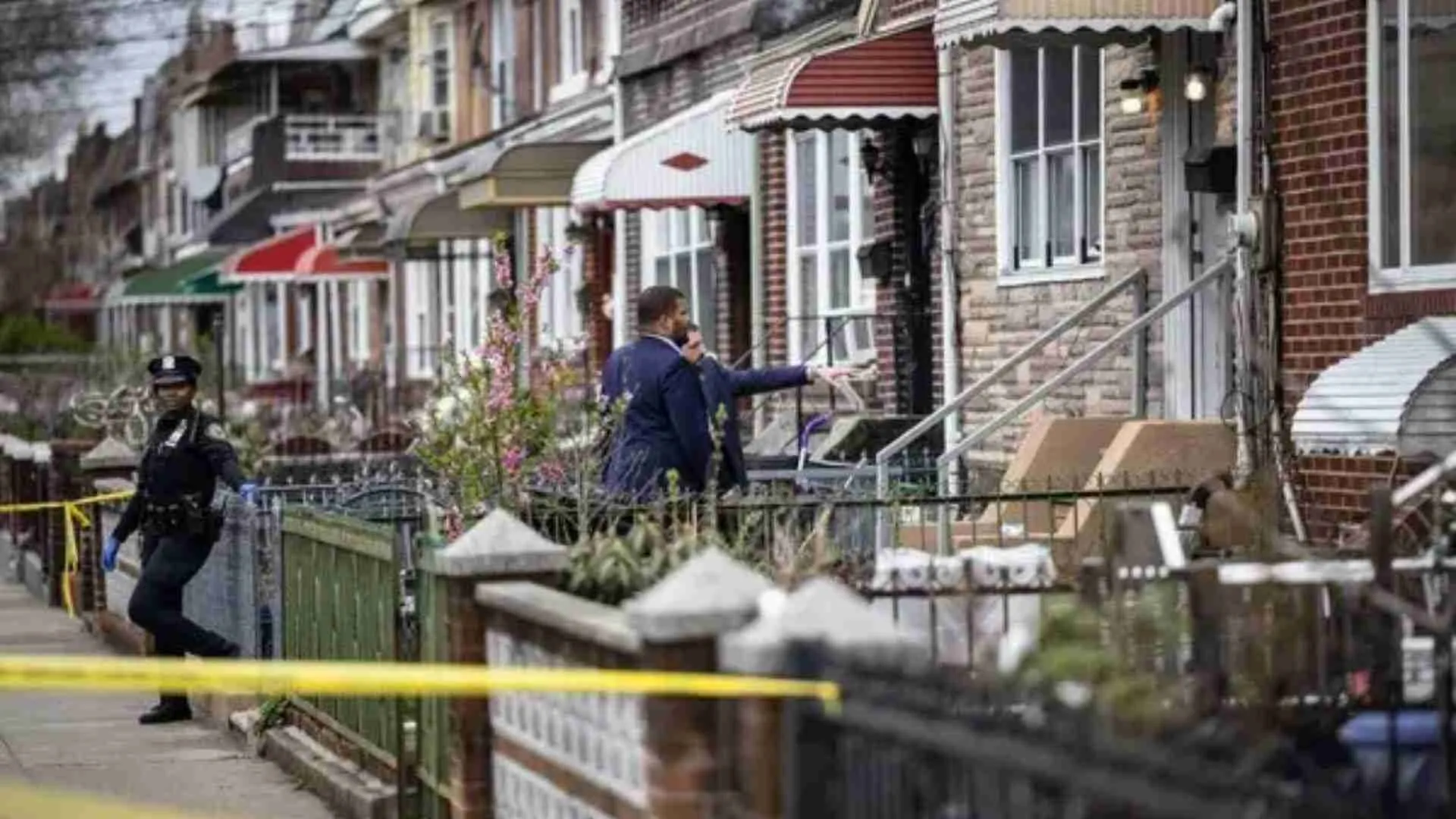Owing to the ongoing Common Entrance Exam (CET), the candidates along with the regular passengers are facing seat availability problems at Sindhi Camp bus station. Since Monday, this situation has worsened as the transportation system has been in a fix to accommodate the passengers and the students. This has created unprecedented overcrowding and delays for the candidates as well as the regular commuters.
Transportation officials stated that approximately 22,000 candidates are traveling daily from Sindhi Camp, which is somehow, exceeding the number of available buses. Despite the Roadways Department’s attempt to deploy 10 more buses at each depot, the strategy has been insufficient to accommodate the increasing passenger load.
The situation has been reported even more critical on routes connecting Sikar and Neem ka Thana, where buses designed for 52 passengers are now carrying up to 70-80 students. Regular commuters report extended waiting periods, sometimes stretching to hours, just to secure tickets. While the government has implemented a free travel scheme for CET candidates, the acute shortage of seats has forced many students to seek alternative transportation.
Private bus operators are exploiting the situation by charging unfair and higher fares from passengers, regardless of being officially banned from the place. The transportation department’s recent strategy to allocate an equal number of buses for both students and regular passengers has failed to handle the crisis. Additionally, overcrowding has not only raised safety concerns, but it has also posed a risk to the exam schedules of many students who rely on public transportation.
The crisis also highlighted the poor conditions of the bus. The buses, which have been running for 15-20 years with broken seats, crooked windshields, stained walls with tobacco stains are still operational in the same old condition.
According to the current situation, regular bus services are significantly delayed, with both exam candidates and regular commuters suffering the burden of long wait times and irregular timetables.

















